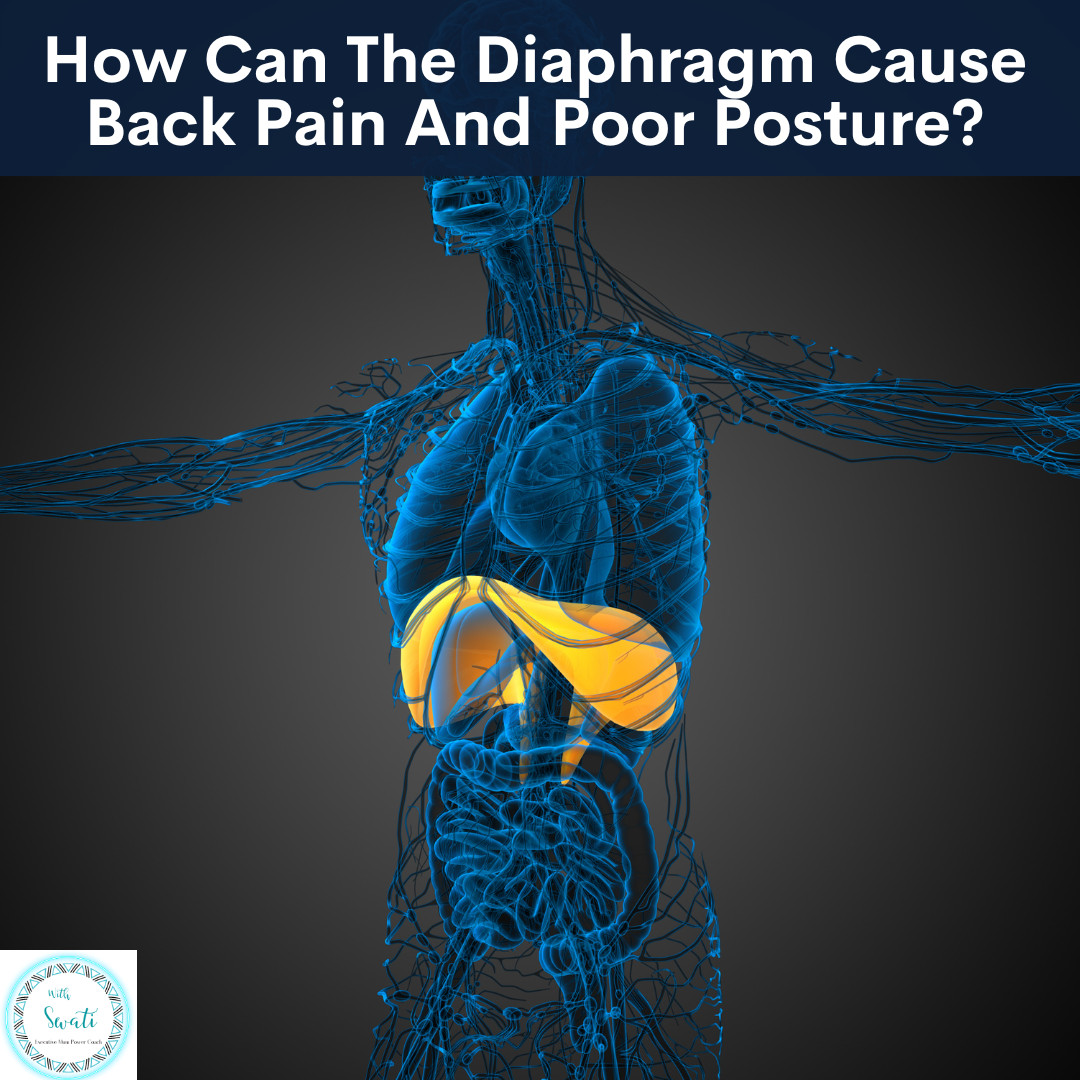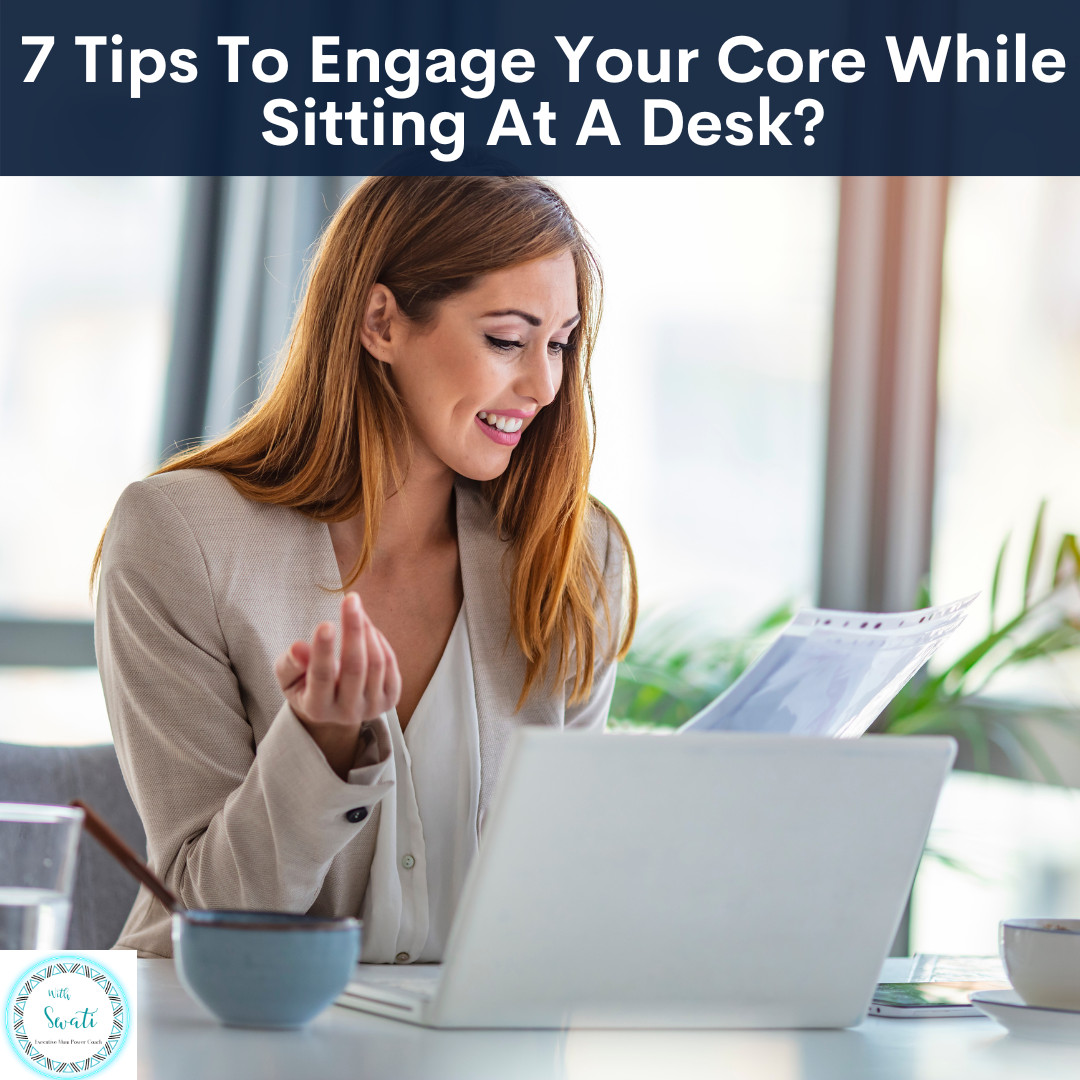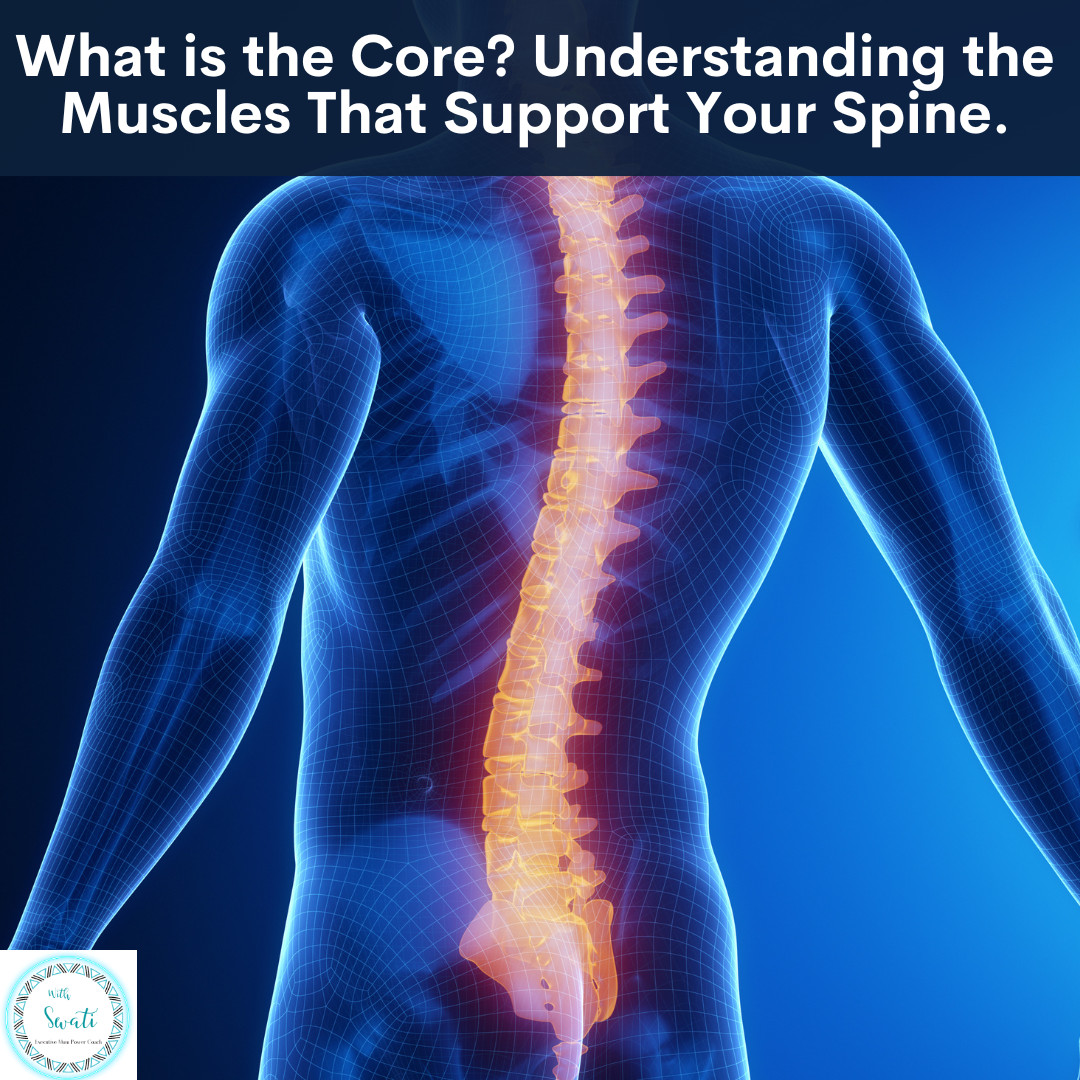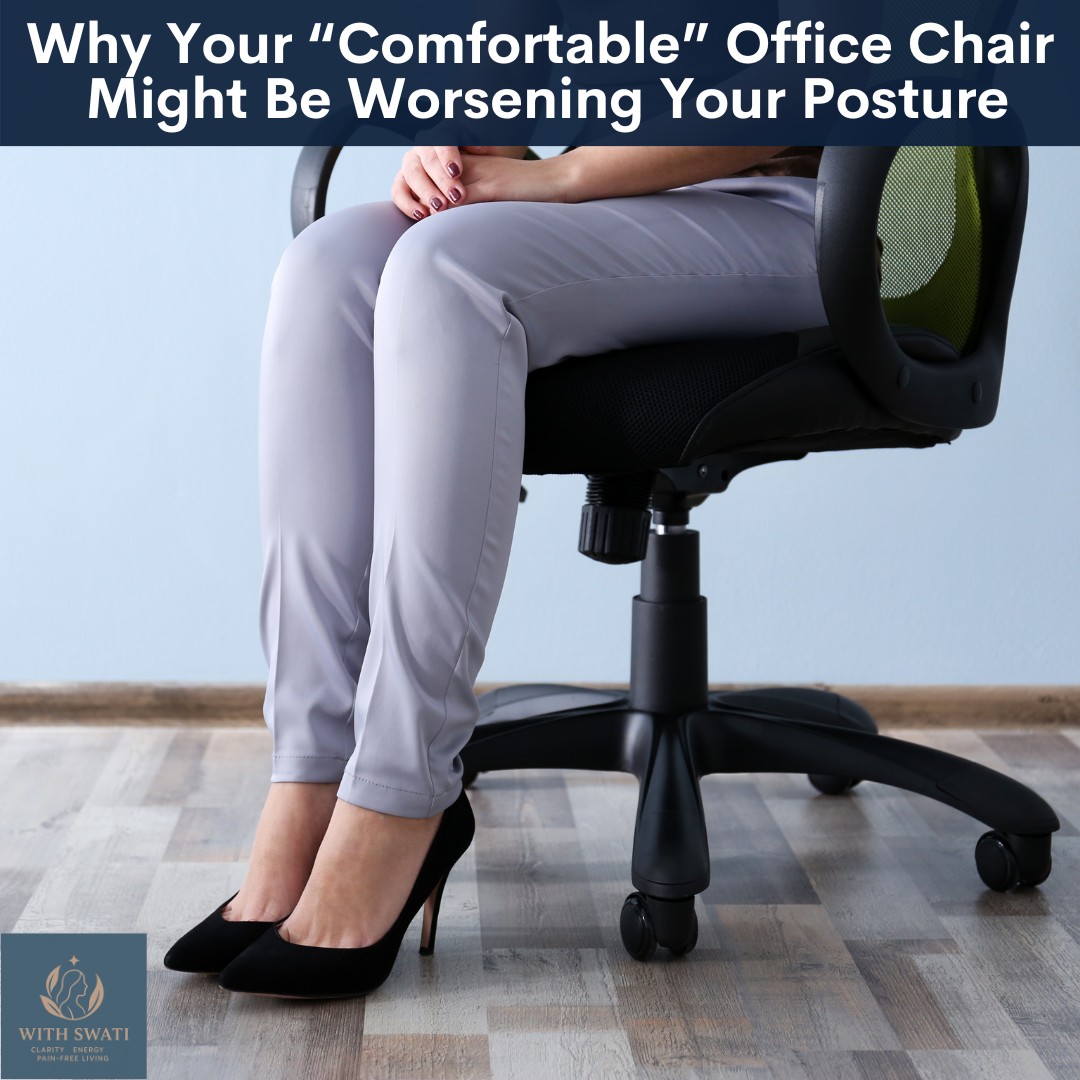
For busy executive mums managing work, home, and everything in between, back and neck pain can feel very challenging. Though you may be working on these pains you may not be able to get the results that you desire. Sometimes there is an important yet often-overlooked core muscle, the diaphragm that can be contributing or causing your back pain and poor posture. In this blog, lets discuss how the diaphragm works as part of your core and how its connections to the spine influence back pain ...
Read more...
As an executive mum juggling the demands of a high-stress job and caring for younger children, you’re likely spending long hours at a desk. Sitting for prolonged periods can lead to poor posture, weakened core muscles, and back pain, all of which can impact your productivity and overall well-being. In this blog lets discuss how you can engage and strengthen your core even while sitting, helping to improve your posture and reduce back pain ...
Read more...
When most people think about the core, they immediately think of abdominal muscles and flat, toned abs. However, the core is so much more than just the "six-pack" muscles! As an executive mum balancing a demanding job and family responsibilities, understanding the true function of your core and how it impacts your body can make a huge difference in your health, posture, and pain levels. In this blog lets discuss what exactly is core and why does it even matter ....
Read more...
As an executive mum balancing a high-stress job with home life, back pain can be a daily struggle that only adds to your stress. Sitting for long hours, juggling household responsibilities, and managing the demands of both work and family can take a toll on your back. This constant strain can lead to discomfort, stiffness, and even pain that makes your day harder to manage. With so many pain relief options out there, one simple question comes to mind: Are cold packs effective for back pain relief? In this blog lets explore how cold therapy works and why it could be a convenient solution for busy executive mums like you ...













